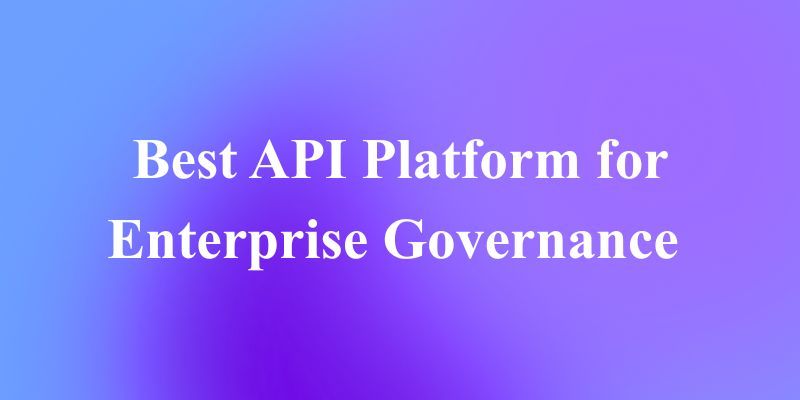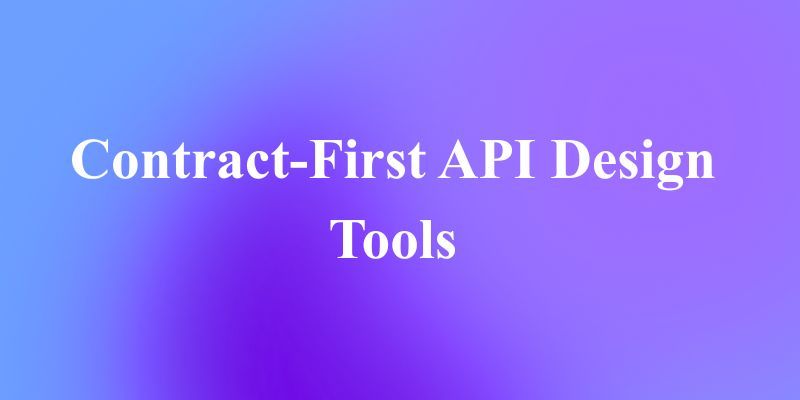ChatGPT connectors, powered by the Model Context Protocol (MCP), actively bridge AI models like ChatGPT to external tools, data sources, and services. These connectors transform ChatGPT from a standalone conversational tool into a dynamic, context-aware system that interacts with your digital ecosystem. Consequently, businesses and developers unlock new possibilities for automation, research, and task execution. For example, connecting ChatGPT to cloud storage or internal databases allows it to fetch real-time data and perform actions seamlessly.
What Are ChatGPT Connectors?
ChatGPT connectors act as interfaces that link ChatGPT to external systems, such as cloud storage, email platforms, and internal databases. OpenAI introduced connectors to enhance ChatGPT’s capabilities, allowing it to fetch real-time context and perform actions beyond text generation. For instance, connectors enable ChatGPT to pull data from Google Drive, send messages via Microsoft Teams, or query a company’s SharePoint repository. By integrating with these services, ChatGPT connectors transform the model into an action-oriented agent, capable of handling complex workflows.
The Role of MCP Connections in ChatGPT
MCP, or Model Context Protocol, standardizes how AI models, including ChatGPT, communicate with external data sources and tools. Essentially, MCP connections provide a structured, secure framework for ChatGPT to send requests and receive responses from servers. This protocol operates on a client-server model, where ChatGPT (the client) connects to an MCP server, which exposes specific functions or data.
For example, an MCP server linked to a database might offer tools like “execute_query” to run SQL commands or “fetch_record” to retrieve data. ChatGPT connectors leverage MCP to access these tools, ensuring consistent, reusable interactions. Consequently, developers avoid writing custom code for each integration, as MCP provides a uniform interface. OpenAI’s adoption of MCP, announced in recent release notes, marks a significant step toward making ChatGPT connectors interoperable with diverse systems
How ChatGPT Connectors Work with MCP
Understanding the mechanics of ChatGPT connectors and MCP connections requires breaking down the architecture. First, the ChatGPT client initiates a connection to an MCP server, typically via HTTP or Server-Sent Events (SSE) for remote setups. The client sends a handshake request to establish a session, ensuring secure communication. Next, ChatGPT queries the server for available tools, receiving a list with names, descriptions, and input schemas.

Once the tools are identified, ChatGPT processes user prompts and determines which tool to call. For instance, a user might ask, “Retrieve my latest emails from Outlook.” ChatGPT connectors, using MCP, send a request to the Outlook MCP server, which executes the “fetch_emails” tool and returns the data. The response flows back to ChatGPT, which formats it for the user. This streamlined process, supported by MCP, ensures efficiency and scalability.
Additionally, OpenAI’s recent updates, as noted in the ChatGPT release notes, introduced support for remote MCP servers in the Responses API. This allows developers to connect ChatGPT to any MCP-compliant server with minimal code, enhancing flexibility for custom integrations.
Types of ChatGPT Connectors
ChatGPT connectors come in two primary flavors: prebuilt and custom. Each serves distinct purposes, and understanding their differences helps developers choose the right approach.
Prebuilt ChatGPT Connectors
Prebuilt connectors, available for Team, Enterprise, and Edu users, integrate ChatGPT with popular platforms. OpenAI provides connectors for:
- Outlook: Retrieve emails or send messages.
- Teams: Post updates or fetch channel history.
- Google Drive: Access files or upload documents.
- Gmail: Manage emails directly.
- Linear: Create or track project tasks.
- SharePoint, Dropbox, Box: Query and manage internal documents.

These connectors, detailed in the ChatGPT Team and Enterprise release notes, respect user-level permissions, ensuring secure access. For example, a Team user can connect ChatGPT to Microsoft Teams to summarize recent discussions, leveraging prebuilt tools for instant functionality.

Custom ChatGPT Connectors
Custom connectors, currently in beta for developer use, allow integration with proprietary systems via MCP. Developers define the connector’s name, URL, and description in the ChatGPT web app’s “Connectors” settings. This setup, flagged as “Beta intended for developer use only,” requires trusting the application, as OpenAI does not verify custom connectors.

By using MCP, custom ChatGPT connectors can tap into internal APIs, databases, or unique tools. For instance, a company might build an MCP server to query a CRM system, enabling ChatGPT to fetch customer data. This flexibility empowers developers to tailor integrations to specific needs, a feature highlighted in recent OpenAI announcements.
Benefits of ChatGPT Connectors and MCP Connections
ChatGPT connectors, especially when paired with MCP, offer numerous advantages for developers and organizations. Here are the key benefits:
- Standardization: MCP provides a consistent interface, reducing the need for bespoke code. Developers write one integration and reuse it across projects.
- Scalability: Adding new tools becomes simple—connect to an existing MCP server or build a new one without altering ChatGPT’s core logic.
- Security: Connectors respect user permissions, and MCP’s structured approach ensures secure data exchange. OAuth support, recently added, enhances authentication for custom integrations.
- Real-Time Context: ChatGPT connectors pull live data, keeping responses current and relevant, unlike static training data.
- Actionable AI: Beyond text, ChatGPT can execute tasks—update records, send messages, or manage files—making it a versatile agent.
Thus, these connectors elevate ChatGPT from a conversational tool to a workflow powerhouse, especially for businesses.
Setting Up ChatGPT Connectors with MCP
Implementing ChatGPT connectors requires a clear process, particularly for custom setups using MCP. Follow these steps to get started:
- Choose Your Integration: Decide whether to use a prebuilt connector (e.g., Google Drive) or build a custom one for a proprietary system.
- Set Up an MCP Server: For custom connectors, develop an MCP server. Use OpenAI’s Python or TypeScript SDKs to define tools, such as “read_file” or “run_query.” Host it locally (via STDIO) or remotely (via HTTP/SSE).
- Configure ChatGPT: In the ChatGPT web app, navigate to “Connectors” settings. For prebuilt options, select from the list (e.g., Outlook, Teams). For custom connectors, enter the server URL, name, and description.
- Establish Connection: ChatGPT initiates a session with the server, listing available tools. Verify the connection status in the UI, which shows “Connected” when successful.
- Test the Integration: Prompt ChatGPT to use the connector—e.g., “Fetch my Dropbox files.” Check logs to ensure requests and responses flow correctly.
- Secure the Setup: Use OAuth or API keys for authentication, ensuring data safety. OpenAI’s recent MCP updates support secure, standardized auth flows.
Tools like Apidog simplify this process by helping you design, test, and debug API-based MCP servers. Download Apidog for free to accelerate your development.

Conclusion
ChatGPT connectors, powered by MCP connections, revolutionize AI integration. They enable ChatGPT to access real-time data, execute tasks, and automate workflows across tools like Google Drive, Outlook, and Linear. By standardizing communication, MCP simplifies development, enhances security, and boosts context awareness. As traction grows, these connectors promise to make ChatGPT a powerful, adaptable tool for enterprises and individuals alike.




